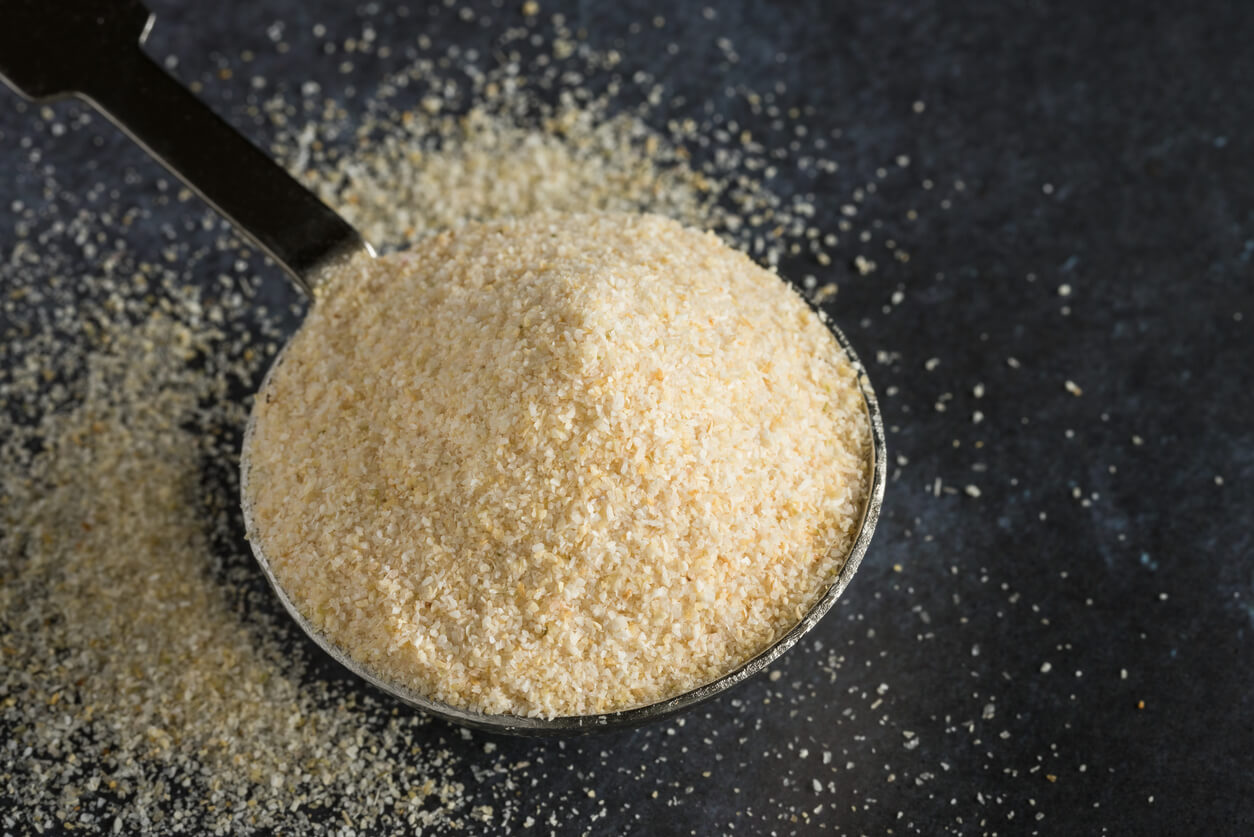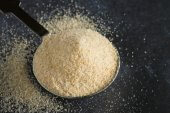
Shallot Powder
The practice of drying and grinding shallots into a fine powder emerged as a way to preserve the harvest and enjoy the unique taste of shallots throughout the year. This time-honored tradition has been passed down through generations, with many home gardeners still choosing to grow their own shallots and create homemade shallot powder.
One of the primary benefits of making shallot powder from homegrown shallots is the ability to control the quality and freshness of the ingredients. When you grow your own shallots, you can ensure that they are cultivated without the use of harmful pesticides or chemicals, resulting in a purer and more flavorful final product. Homemade shallot powder also allows you to capture the peak flavor of your shallots, as you can harvest them at the perfect stage of maturity and process them immediately, preserving their delicate taste and aroma.
In addition to its culinary benefits, homemade shallot powder made from homegrown shallots offers a range of potential health benefits. Shallots, like other alliums, are rich in organosulfur compounds, which have been studied for their antioxidant, anti-inflammatory, and immune-boosting properties. These compounds, such as allicin and quercetin, may help to protect against chronic diseases and support overall health and well-being. By drying shallots at a low temperature, either in an oven or food dehydrator, you can preserve these beneficial compounds and easily incorporate them into your diet through the use of shallot powder.
In the kitchen, homemade shallot powder is a game-changer for home cooks looking to add a subtle, yet sophisticated, onion flavor to their dishes. Its delicate taste and slight sweetness make it an ideal ingredient for lighter fare, such as salad dressings, marinades, and sauces. When used in vegetable dishes or delicate proteins like fish or chicken, shallot powder can enhance the natural flavors without overpowering them. It is also a wonderful addition to egg dishes, such as omelets or quiches, providing a gentle onion note that complements the creamy texture. In soups and stews, a pinch of shallot powder can add depth and complexity to the broth, elevating the overall flavor profile.
Growing your own shallots and creating homemade shallot powder is a rewarding and sustainable practice that connects you to the rich history of home gardening and food preservation. By controlling the quality of your ingredients and capturing the essence of fresh shallots in a convenient, shelf-stable form, you can enjoy the delicate flavor and potential health benefits of this treasured allium year-round. Whether used as a subtle flavor enhancer or a starring ingredient, homemade shallot powder is a testament to the joy and satisfaction of growing and crafting your own culinary essentials.
Print
Shallot Powder
Shallot powder, derived from the delicate and slightly sweet shallot, offers a milder onion flavor that subtly enhances salad dressings, vinaigrettes, delicate fish and vegetable dishes, sauces, dips, egg dishes, and lighter soups and stews.
- Prep Time: 20 min
- Cook Time: varies
- Total Time: varies
- Yield: 1/2 cup 1x
- Category: Sides & Sauces
Ingredients
10-12 shallots
Instructions
In the Dehydrator
- For a dehydrator, prepping your shallots is the most important part. Use a mandolin to cut evenly thin slices (1/8” to 1/4″ thick) throughout your shallots.
- Spread on your dehydrator trays in one single layer each.
- Cook on as low as 100-110°F, which will take a couple days to dry but will preserve the most nutrients. You could increase to 135°F and they will be ready in about a day. The warmer you go, the faster they will dehydrate.
- Time will very every time you make them, it will depend on the moisture in the shallot and how thick or thin the shallots are. Cutting shallots thicker will allow you to make more, but will double drying time. So in terms of time, the tell-tale sign they are done is when they crumble in your hands, and cannot bend at all, they are ready. There should be absolutely no moisture left.
- Crush into a fine powder with a dry blender, food processor, or coffee grinder and store in an air-tight container with some rice to absorb moisture.
In the Oven
- If you prefer to use the oven method, you could totally slice the shallots like we did above and bake them, however you’ll get a lot more shallot powder, less likeliness to burn, and a more even cooking consistency by grating them instead.
- Preheat your oven to 170°F (75°C) and line two baking sheets with parchment paper to prevent sticking.
- Cover a bowl with a couple layers of cheesecloth. Peel your shallots and grate them into the bowl using a cheese grater or microplane. You could also use a food processor.
- Wrap the shallots in the cheesecloth, twisting at the top, and squeeze out as much liquid as you can. (The shallot juice can be used in marinades and salad dressings!)
- Spread out the shallots on the baking sheets in an even uniform later and bake for about 5 hours, or more importantly, until they are completely dry and crumbling. The type of shallots you use will determine how long they will need to cook. Checking every 30 minutes after 4 hours is a good tip.
- Remove totally dried shallots, allow to cool completely, then add to a blender, food process, or coffee grinder, and store in an air-tight container with some rice to absorb moisture.
Learn more about choosing the best onions for making your own homemade onion powder and if you try this shallot powder, let me know what you think! For more information on growing your own onions, check out our Onion Gardening Guide, your go-to source for growing great onions!


 Previous
Previous

